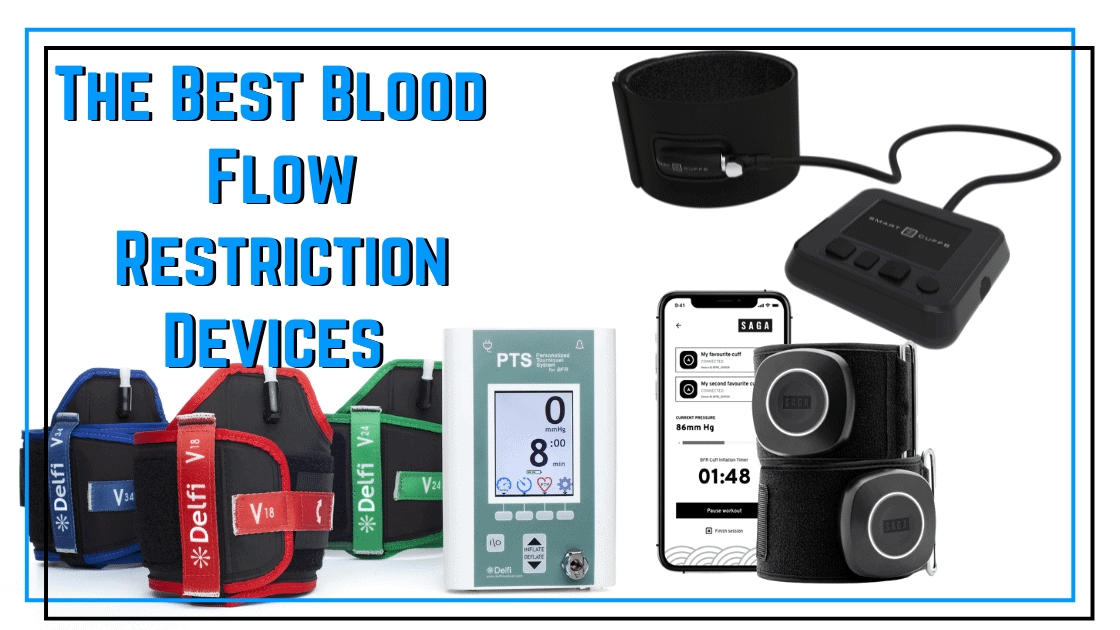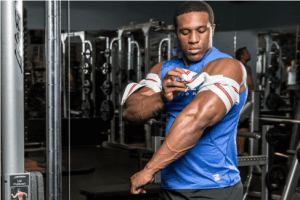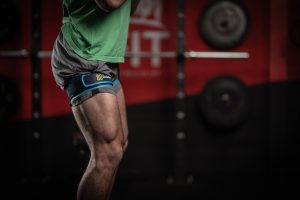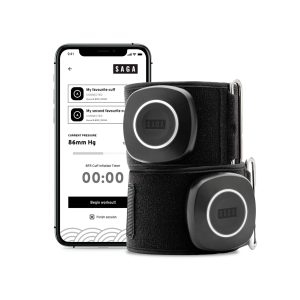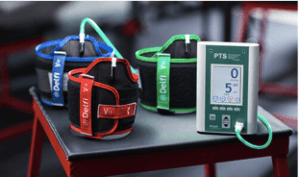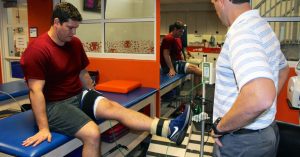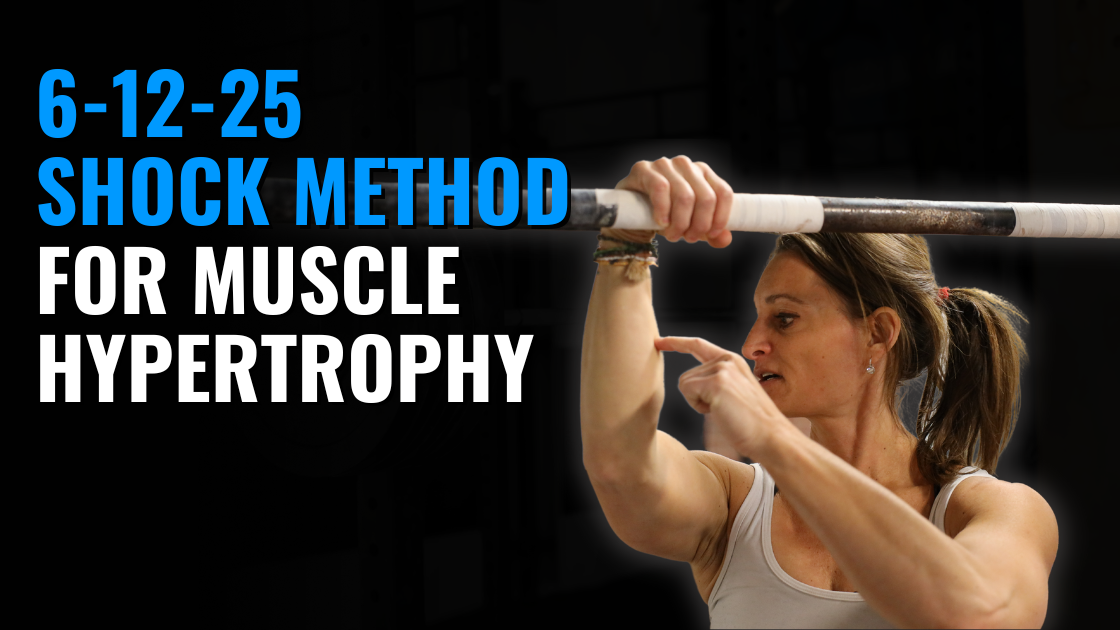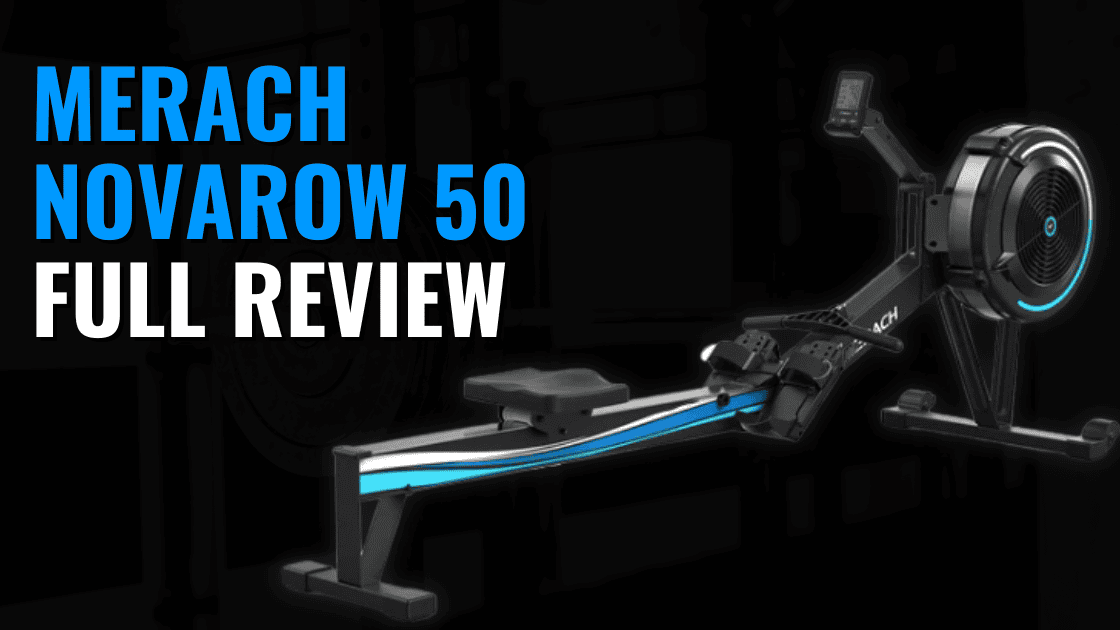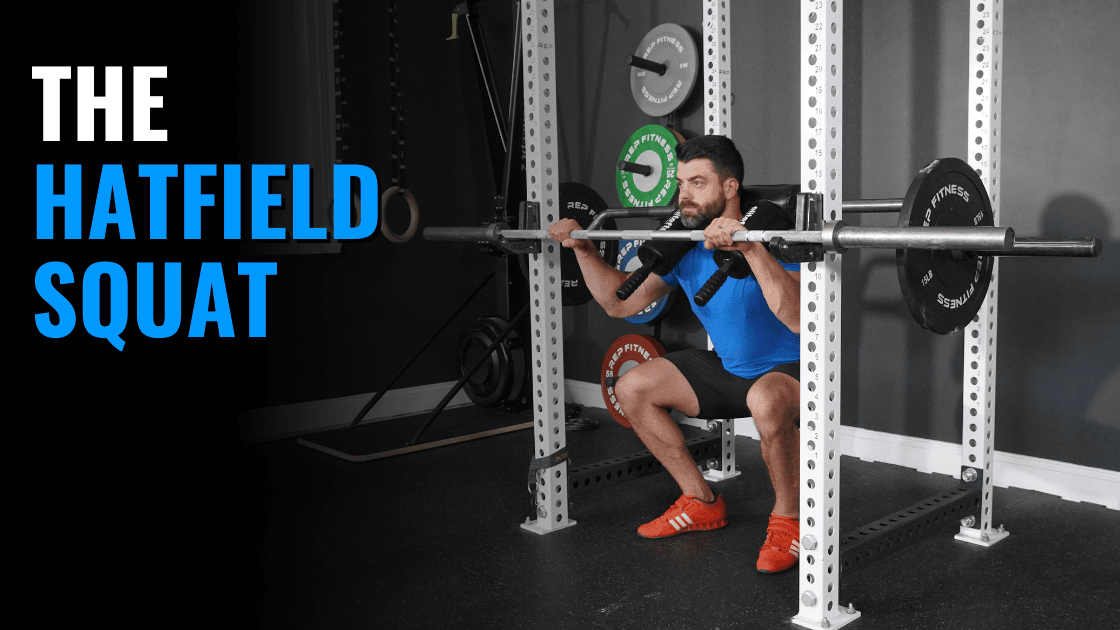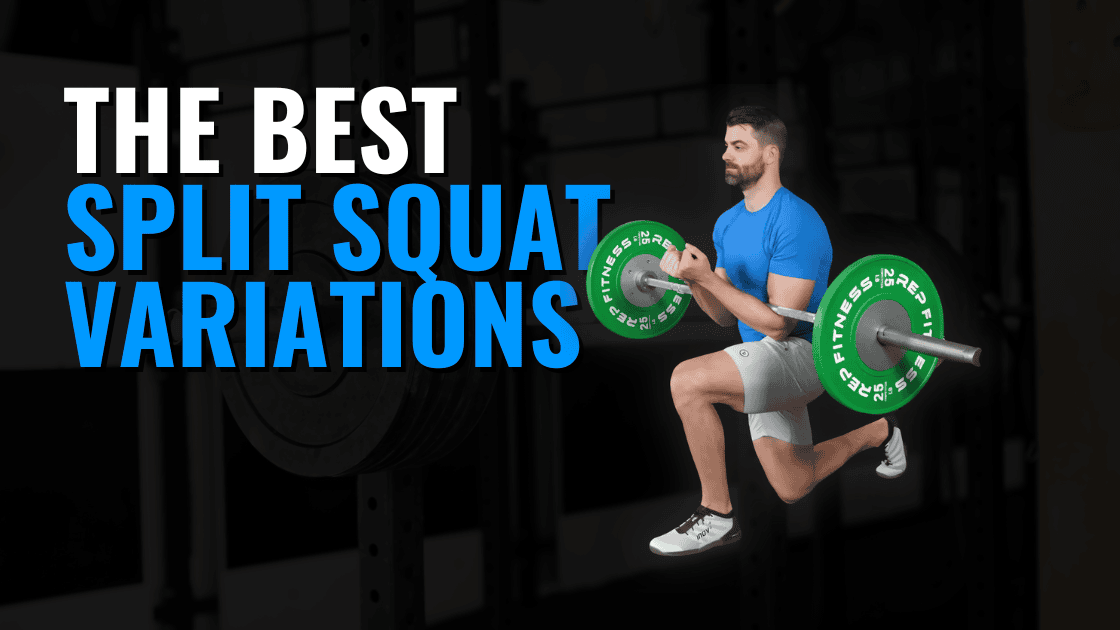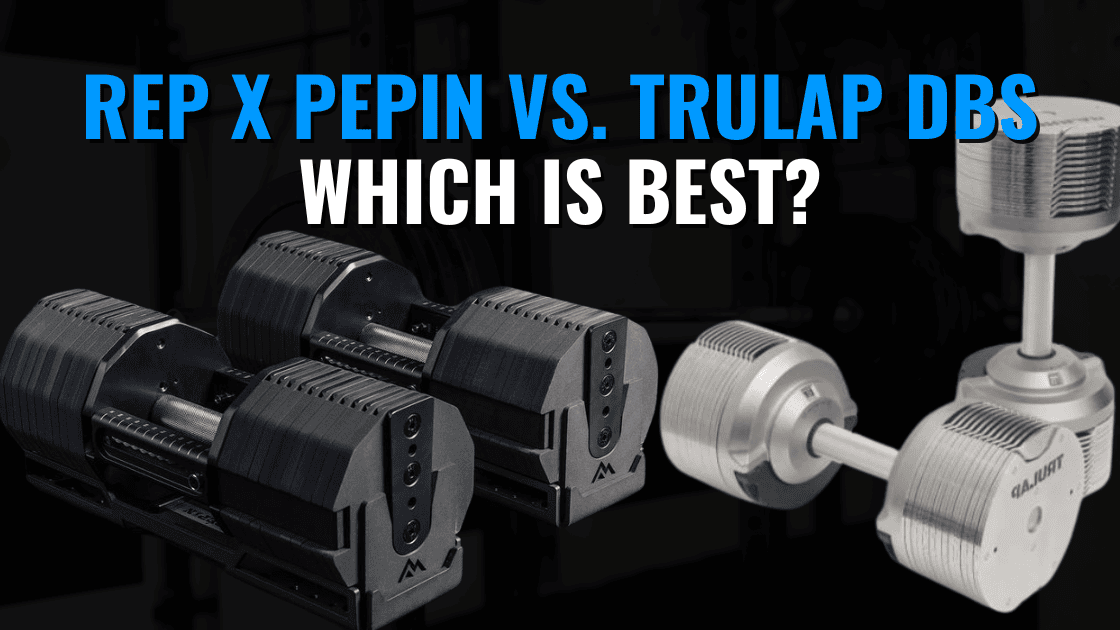I am frequently asked what the best blood flow restriction bands are. As with any trend in the fitness world, many manufacturers have designed blood flow restriction products recently to match the growing demands for BFR equipment. Like most fitness tools, the best set of BFR bands for occlusion training is highly related to your goals. Unfortunately, some devices on the market have the potential to cause more harm than good. This makes choosing the appropriate device important for both your health and for consistency of performance.
This article will focus on helping you choose the best device for blood flow restriction training in 2024. Choosing the best device based on your goals and safety needs is the first and most crucial step in implementing BFR into your training or rehab program. My other articles cover the science behind BFR and how to apply it to your muscle growth and strength goals.
You can also download our free eBook on BFR Training below!
Disclosure: some of the below links are affiliate links. No product inclusion decisions were made based on affiliation.
What Qualities Affect BFR Bands Quality?
In determining the quality of a blood flow restriction device there are four primary considerations. Those categories are the cuff’s material, size, pressure application, and ability to measure pressure accurately.
Blood Flow Restriction Cuff Material
One of the most significant factors to consider when looking for BFR bands is the material your bands will be made of. We’ll split these up into two categories: elastic bands and rigid bands.
Elastic bands and compression bands (right) tend to be significantly cheaper. Made from a variety of different materials, BFR devices that are elastic have a significant drawback in that the pressure applied will not be consistent throughout your entire BFR workout. As your muscles contract, the elasticity will allow the cuff to expand and the metabolites that we are trying to build up with BFR training to get released. This results in a far less productive BFR session and reduced muscle fatigue within a training session.
If you want maximum benefits, rigid cuffs are significantly superior to elastic in their ability to trap metabolites during BFR exercise and are usually better with pressure application.
BFR Cuff Size
The next factor to consider when purchasing a BFR device is the cuff size. The device must be long enough to wrap the limb(s) to be trained fully. This means that the better BFR devices come with both armbands and leg bands so that cuff size best matches the limb doing occlusion training.
The cuff width is also critical in occlusion bands. Wider BFR cuffs tend to do a better job of reducing blood flow without needing excessive pressure. There are a number of very cheap BFR cuff options available with narrow cuff widths, and I never recommend these.
From a safety perspective, the width of the cuff is the most important variable to consider when determining which BFR band to purchase. Don’t go with the cheap, narrow cuffs.
Pressure Application
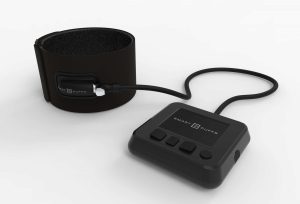
Pressure Measurement
The final consideration is how the BFR bands measure the amount of pressure applied to the limb. Cheap options cannot do this, making your workout to workout pressure levels vary greatly. Proper equipment can quickly calculate the appropriate amount of pressure to use for optimal training.
The Best Blood Flow Restriction Bands
Compression Bands for BFR
The 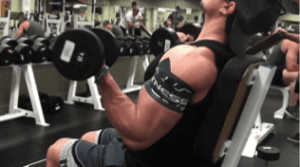
The athlete wraps his or her extremities with a compression band at 4-5/10 intensity for the upper arm, or 6-7/10 intensity for the legs, which is most commonly prescribed.
The major drawback of these compression bands is that they cannot be reliably performed in multiple workouts at the same level of occlusion. It makes standardizing the level of pressure very difficult.
So, one workout may be super intense at the prescribed weight and reps, while the next may be unbelievably easy. Because of these drawbacks, I do not typically recommend compression bands.
Blood Flow Restriction Bands

They do have major drawbacks. The level of occlusion with these cannot be reliably reproduced, making session-to-session intensity vary wildly. More importantly, many of these bands are very thin. Thus, the band’s pressure is put through a much smaller area, risking injury to the underlying nerves. In fact, on several occasions, these bands have created nerve paralysis. So, if you are buying one of these bands, please choose one that is thick, preferably covering about ¼ to 1/3 of the extremity.
The biggest drawback to these is that I’ve never found a band that provides enough occlusion to trap the metabolic build-up in the muscle during exercise. These styles of BFR bands don’t get the job done.
The Occlusion Cuff
The Occlusion Cuff is one of the more popular BFR devices on the market. At ~ USD $145-152 for their new Occlusion Cuff Pro series, they are a reasonable price tag with some solid features. First, the BFR bandwidth and quality allow us to do a good job restricting blood flow and trapping metabolite build-up. Second, the pressure gauge allows for accurate pressure management to keep the training stimulus similar between workouts.
But with the occlusion cuff, you have two options for identifying your workout pressure. First, we can load to a pressure rating based on your subjective comfort levels. Usually, a 5/10 feeling of pressure is recommended for the upper body and 7-8/10 for the lower body. That is not the most accurate way of measuring, so combining the Occlusion Cuffs with a Doppler ultrasound is preferred for a much more objective measurement of how much pressure you should use.
SAGA Wireless BFR Cuffs
SAGA recently came out with a BFR device for personal use that connects with your smartphone to wirelessly control the pressure of the cuffs. Their technology accurately measures the correct amount of pressure to occlude blood flow without using handheld doppler ultrasound machines. This means workouts will be more standardized to the individual, and the same amount of pressure can be applied at different workouts, an important consideration with BFR devices.
I previously had occasional bluetooth connectivity issues. But now (writing mid 2025), those issues appear to be fully resolved and I never have these issues!
The SAGA BFR comes in between $328-358 depending on the size of the cuffs you purchase. While the price is higher, the features of this cuff make it my preferred device for athlete use.
My affiliate code “thebarbellphysio” will also save you 5% off the purchase price of this fantastic product.
www.Saga.fitness
Smart Cuffs BFR Bands
In my opinion, Smart Cuffs has developed the best BFR device for personal use. They are easy to set up and provide an accurate measurement of pressure. The cuff does the best job of trapping the metabolite build-up during BFR training of all of the above personal-use devices. While it costs more than some of the cheaper options, if you are going to perform BFR, you need a good device to get the benefits of it.
Use discount code “TheBarbellPhysio” for 10% off on the Smart Cuff website.
Delphi Personal Tourniquet System
The gold standard blood flow restriction training device is the Delphi Personal Tourniquet System from OwensRecoveryScience.com. This device contains a
Doppler ultrasound within the blood flow restriction cuff. This means we have the most accurate way to measure blood flow in the extremities and can precisely occlude the appropriate amount of flow. Safety features within the device include rapid shut-offs, automatic times, and the Doppler Ultrasound are amazing features.
Most importantly, for those in the medical community, the Delphi Blood Flow Restriction device is an FDA-listed device for BFR. The FDA defines full or partial vascular occlusion under “tourniquets” and is regulated that way. Thus, if a patient were to have a negative side effect during BFR training while using a Delphi unit, you can feel legally safe. Using other devices in physical therapy or athletic training settings may open you up to litigation because a non-FDA-approved device is being used to restrict blood flow.
So, What’s The Best?
There are two winners:
First, Smart Cuffs are the best BFR bands for athletes. Its ability to measure pressure to reproduce pressure between workouts accurately is great. And, its’ price tag also meets most people’s budgets as well (again, save 10% with code “TheBarbellPhysio”).
For the rehab professional, the Delphi unit wins. This machine is fantastic, with Doppler ultrasound and built-in safety features. Plus, the FDA approval also makes it the best option from a legal standpoint.

